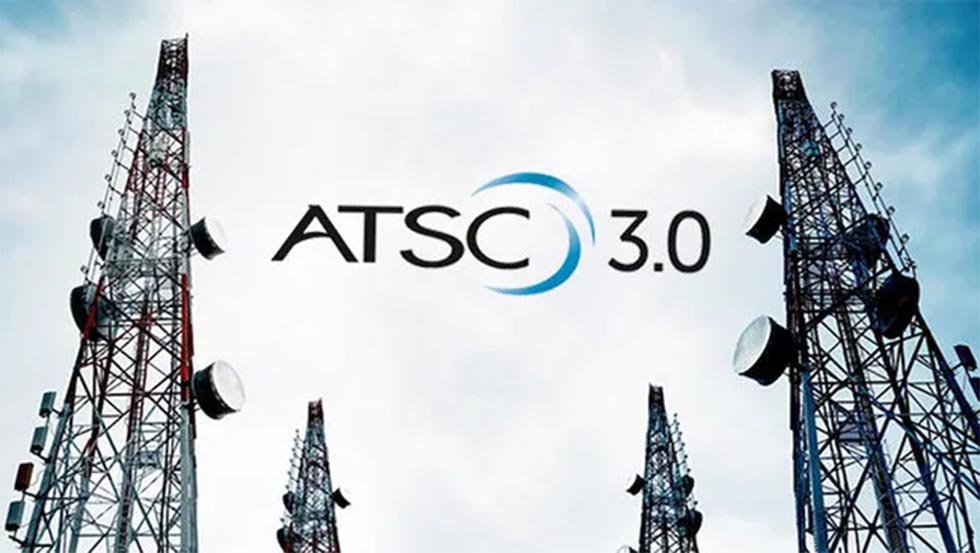
Proponents of ATSC 3.0 received three pieces of good news in April that bode well for the future of NextGen TV and ancillary services.
The most important development is the release of a public notice seeking comment on the National Association of Broadcasters’ petition for rulemaking that asks the Federal Communications Commission to halt ATSC 1.0 transmission in the top 55 markets by February 2028 and remaining markets two years later.
Broadcasters backing the standard say they cannot deliver on ATSC 3.0’s full list of benefits until the legacy digital TV service is shut off or seriously curtailed and the overwhelming majority of sticks in markets are dedicated to NextGen TV.
I made several inquiries on the floor of the 2025 NAB Show about the manufacturing capacity and tower rigging crews needed to meet NAB’s proposed deadlines and was assured that would not be an issue.
What will be an issue are objections from the Consumer Technology Association, low-power TV broadcasters and multichannel video programming distributors (MVPDs). The cost of making necessary broadcast and cable TV infrastructure changes, as well as forcing consumers into a non-backwards-compatible transition, will likely be high on the list of concerns in comments they’ll file in response to the public notice.
However, it’s hard to imagine NAB would have sought a rulemaking without proposals that address these issues in its own back pocket.
Second, EdgeBeam Wireless—the 3.0-based datacasting joint venture of E.W. Scripps, Gray Media, Nexstar Media Group and Sinclair—appears to be advancing. During a fireside chat, which I moderated at NAB Show, executives from the four station groups reported that EdgeBeam’s executive leadership and sales team will soon be in place; the joint venture will likely secure its first datacasting customer before the end of the year; and other broadcasters have approached EdgeBeam about offering some 3.0 capacity for its datacasting service in exchange for a piece of the pie.
The professional video industry's #1 source for news, trends and product and tech information. Sign up below.
Finally, the 3.0-based Broadcast Positioning System (BPS)—a possible complement to and backup for satellite-based GPS—has logged some successes, which were in focus during the Public Media Venture Group’s TechConnect 2025 conference just prior to the NAB Show, during the NAB Broadcast Engineering and IT (BEIT) Conference and on the show floor at the Futures Park.
There were three big BPS takeaways from the show. First, the NAB and major broadcasters, including Sinclair, talked about successful BPS tests they’ve run or currently are running; second, the National Institute of Standards and Technology (NIST) is well aware of BPS and its successes; and third, show attendees could see a working demo of BPS, which combined precise timing delivered from an eLoran (enhanced long-range navigation) transmitter to a station on Black Mountain outside Las Vegas that was transmitted as part of a 3.0 signal and received in the West Hall in the Futures Park.
All of this happened against the backdrop of an FCC that opened an inquiry into a GPS complement/backup in March.
While it’s possible any of these three 3.0 developments could be derailed, it’s getting harder and harder to imagine a future in which NextGen TV doesn’t benefit viewers, broadcasters, businesses and even the government for decades to come.
Phil Kurz is a contributing editor to TV Tech. He has written about TV and video technology for more than 30 years and served as editor of three leading industry magazines. He earned a Bachelor of Journalism and a Master’s Degree in Journalism from the University of Missouri-Columbia School of Journalism.

